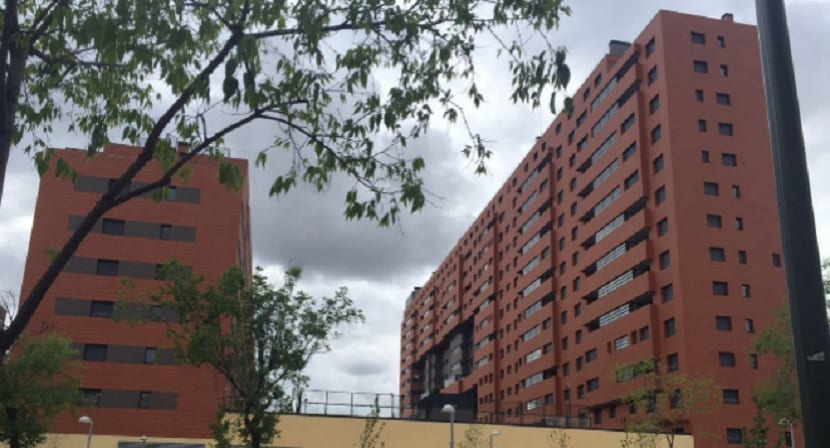
La geothermal energy It is a type of renewable energy that comes from inside the earth. Therefore it is an energy that can be extracted from any point. Thanks to it, many buildings can be provided with heating in winter and cooling in summer with a geothermal installation. As the temperature of the earth's soil is constant, in winter the heat retained in the subsoil is used and sent to the building and in summer the heat of the building is sent to the subsoil. All this is done thanks to a geothermal heat pump.
A building that is located in the old Municipal Urban Planning Department, in the Chamartín district (Madrid), is one of the buildings built with greater energy efficiency since it has a large geothermal power facility. There are more than 200 cooperatives in Madrid that will open buildings with this high energy efficiency. The energy power generated by the building is 540 Kw, surpassing another building in the capital that generated 430 kW also with geothermal energy.
In order to build this installation, 70 holes have been made in the building's basement with depths of up to 130 meters. alberto rubini, the architect of these buildings, says that at these depths there is a water circuit that remains stable at 18 degrees all year round. They have a heat pump located in the lower part of the building with which it produces hot water in winter and with which it cools in summer.
The advantages of this type of energy innovation are:
- It is free of CO emissions2 (to such an extent that it can emit up to 19 times less CO2 than a conventional property).
- The energy used is renewable.
- It manages to be one of the most sustainable buildings thanks to other measures taken such as ventilated facades, double orientation of the houses, construction materials with high insulating capacity, garage space with its own charger for electric cars, etc.
- Great economic savings compared to conventional buildings (energy consumption of 15 Kw / m2 over the 248Kw / m2 conventional).
Therefore, this type of building is an energy model to follow for future homes since Spain has committed to reducing emissions from diffuse sectors up to 30% in 2030 with respect to the levels issued in 2005 in relation to the Paris Climate Agreement.